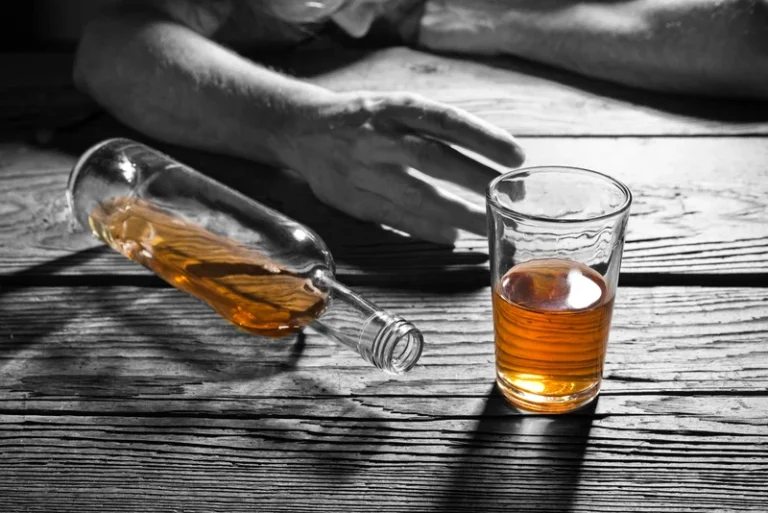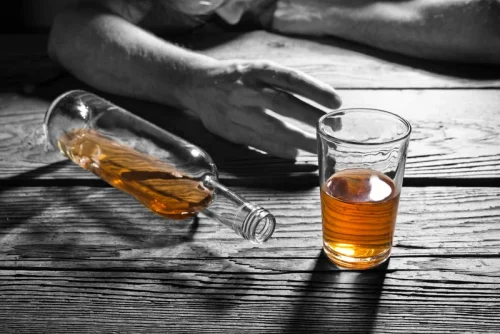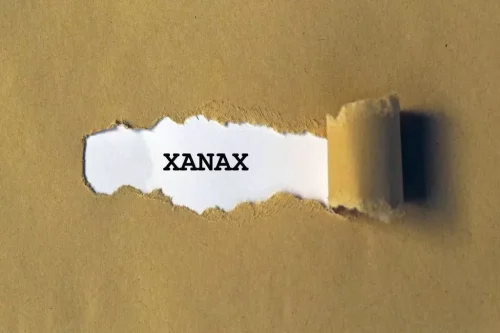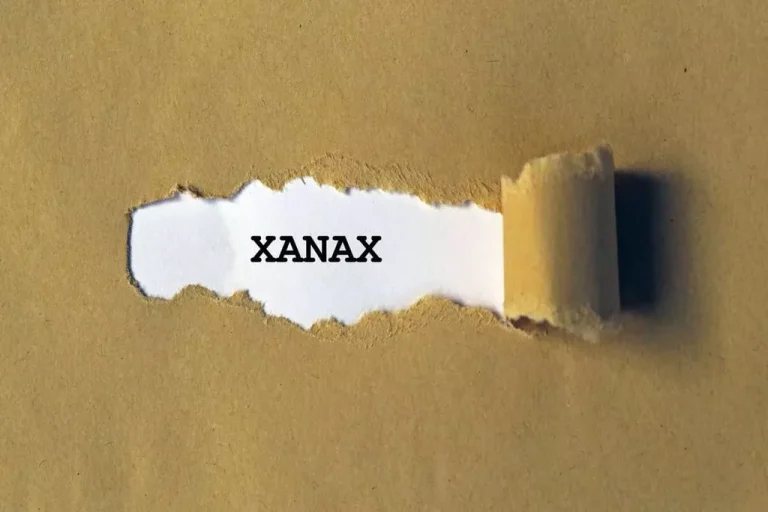
CBT for alcohol use disorders is grounded in social-cognitive theory (Bandura, 1986) and employs skills training in order to help patients cope more effectively with substance use triggers, including life stressors (Longabaugh & Morgenstern, 1999; Morgenstern & Longabaugh, 2000). The ultimate goal of CBT is to provide the skills that can prevent a relapse and maintain drinking goals, whether they be abstinence or controlled drinking (Marlatt & Gordon, 1985; Marlatt & Witkiewitz, 2005). A recent meta-analysis https://ecosoberhouse.com/ of CBT for substance use disorders found support for a modest benefit of CBT over treatment as usual (Magill & Ray, 2009).
- Knowing what happened can prove helpful later in the moderation management program.
- The dearth of data regarding individuals in long-term recovery highlights theneed to examine a sample that includes individuals with several years of recoveryexperience.
- By extension, for all those treated for alcohol abuse, including those with no dependence symptoms, moderation of drinking (termed controlled drinking or CD) as a goal of treatment is rejected (Peele, 1992).
- Since drinking goal is a three-level variable, following the omnibus test, planned analyses were conducted to test differences between the three drinking goal groups for effects observed on all outcome variables.
Summary of the COMBINE Study
In brief, the COMBINE study was a large multi-site treatment study of two pharmacotherapies (i.e., naltrexone and acamprosate), and cognitive behavioral intervention for alcoholism. Exclusion criteria were any serious mental illnesses or unstable medical conditions, current abuse or dependence on any drug other than nicotine or marijuana, and taking or requiring any medication that interfered with the study medications, including any current opioid use. A number of studies have examined psychosocial risk reduction interventions for individuals with high-risk drug use, especially people who inject drugs. In contrast to the holistic approach of harm reduction psychotherapy, risk reduction interventions are generally designed to target specific HIV risk behaviors (e.g., injection or sexual risk behaviors) without directly addressing mechanisms of SUD, and thus are quite limited in scope.
Approaches to Alcoholism Treatment

Miller et al. (in press) found that more dependent drinkers were less likely to achieve CD outcomes but that desired treatment goal and whether one labeled oneself an alcoholic or not independently predicted outcome type. While there are many obstacles to the widespread acceptance of CD as a treatment approach (Sobell & Sobell 2006), it is important to note that not all individuals entering treatment do so with the goal of achieving abstinence. To that end, the use of abstinence as the dominant drinking goal across alcoholism treatment programs in the United States may in fact deter individuals who would otherwise seek treatment for alcohol problems should CD be proposed as an acceptable goal. Sobell et al. (1992) found that many patients entering an outpatient treatment facility for alcohol problems preferred self-selection of treatment goals, versus adoption of the goals selected by the therapist. Treatment programs that allow for and encourage patient-driven treatment goals may be more appealing, and may lead to greater treatment utilization and engagement. This is particularly important in light of the overall low treatment seeking rates for alcoholism, with only 27.8% of alcohol dependence cases seeking treatment in the past year (Cohen, Feinn, Arias, & Kranzler, 2007).

Abstinence Vs. Moderation Management: Success and Outcomes
We first provide an overview of the development of abstinence and nonabstinence approaches within the historical context of SUD treatment in the U.S., followed by an evaluation of literature underlying the theoretical and empirical rationale for nonabstinence treatment approaches. Lastly, we review existing models of nonabstinence psychosocial treatment for SUD among adults, with a special focus on interventions for drug use, to identify gaps in the literature and directions for future research. We identify a clear gap in research examining nonabstinence psychosocial treatment for drug use disorders and suggest that increased research attention on these interventions represents the logical next step for the field. Only a small minority of people with substance use disorders (SUDs) receive treatment. A focus on abstinence is pervasive in SUD treatment, defining success in both research and practice, and punitive measures are often imposed on those who do not abstain. Most adults with SUD do not seek treatment because they do not wish to stop using substances, though many also recognize a need for help.

Find Support

A drinker can easily ward off the need to have one too many drinks at happy hour by taking the drug. As AVE is a form of all-or-nothing thinking, some may argue that it is a person’s outlook, not abstinence itself, that is harmful. But in cases in which a person is controlled drinking vs abstinence prone to this cognitive distortion, abstinence may not be the healthiest approach to take. Abstinence is commonly used to refer to complete avoidance of sexual behaviors, particularly among children and adolescents. A person, by contrast, who vows not to have sex until marriage has committed to abstinence until marriage. Abstinence is complete and total avoidance of an activity such as drinking, sex, shopping, or gambling.
- Potential correlates of non-abstinent recovery, such as demographics andtreatment history, were based on NESARC results.
- Although critics claim Alcoholics Anonymous has poor success rates, and some sources estimate it at fewer than five percent, AA to the contrary claims its success rates aren’t truly accurate due to its anonymity.15 Moderation Management has its drawbacks as well, and its opponents are also concerned about it.
- For example, Bandura, who developed Social Cognitive Theory, posited that perceived choice is key to goal adherence, and that individuals may feel less motivation when goals are imposed by others (Bandura, 1986).
- Among those seeking treatment for alcohol use disorder (AUD), studies with large samples have cited rates of nonabstinence goals ranging from 17% (Berglund et al., 2019) to 87% (Enggasser et al., 2015).
We do not know what factors relate to non-abstinent vs. abstinent recovery amongindividuals who define themselves as in recovery. In addition, no priorstudy has examined whether quality of life differs among those in abstinent vs.non-abstinent recovery in a sample that includes individuals who have attained longperiods of recovery. Here we discuss exploratory analyses of differences between abstinentand nonabstinent individuals who defined themselves as “in recovery” fromAUDs. Study (WIR) dataset, one of the largest repositoriesof individuals in recovery available.
